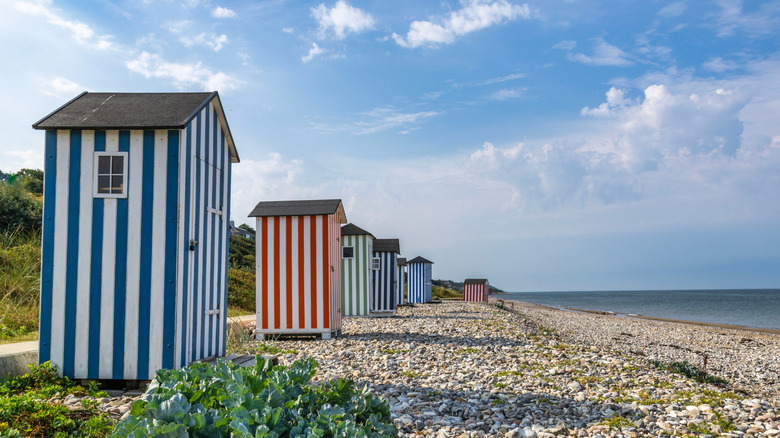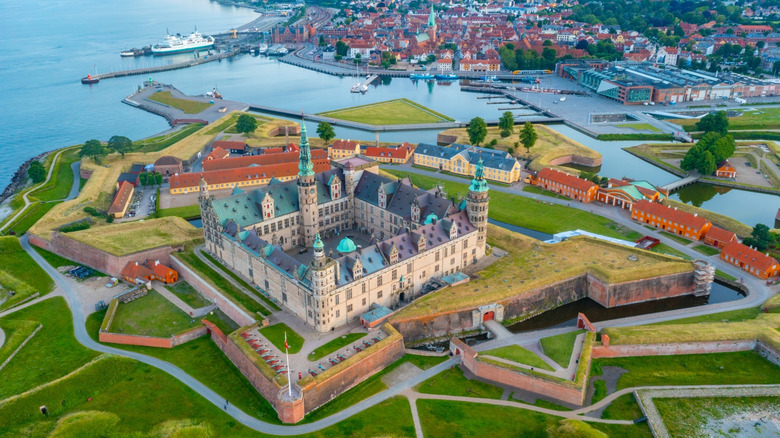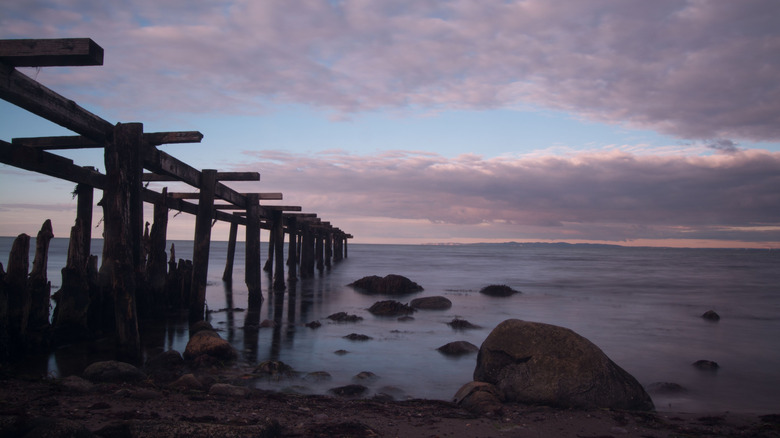The 'Danish Riviera' Is One Of Europe's Coolest Strings Of Beaches For A Serene Getaway
If you're looking for a summer adventure that pairs calm with culture, look no further than the Danish Riviera — the stretch of coastal North Zealand, just north of Copenhagen, Denmark. Your first steps on the Riviera feel restorative: soft white dunes, pale sand beaches that stretch into shallow waters, and a light that shifts with the sea. Picture hues like soft blues, dusty rose at dusk, and muted gold in spring. Hornbæk Beach, in particular, offers an accessible, family-friendly first impression: cafés, boardwalks, and even beach wheelchairs are available, plus lifeguards during the summer season.
Getting there is straightforward. Most international travelers fly into Copenhagen Airport (CPH), which handles direct flights from many U.S. cities. After landing at Copenhagen, you can take regional trains or rent a car to traverse the north coast. From there, the beaches begin within about an hour's drive or train ride, depending on which town you choose. Trains run regularly to towns like Helsingør, Humlebæk, Gilleleje, and Tisvildeleje. Driving gives you added flexibility to hop between tiny beaches, forests, and seaside villages.
What to do and see along the Danish Riviera
If you're looking for a true, under-the-radar destination in Denmark, the appeal of the Danish Riviera is difficult to beat with its quiet beaches and intoxicating blend of nature, culture, and charming towns. Make sure to stop by Tisvilde Hegn, Denmark's oldest dune plantation. It's perfect for long walks, mountain biking, or simply lingering among the dunes before heading to the seaside. Troldeskoven ("Troll Forest") in that area is especially magical, with the area's winds and insects sculpting the pines into fairytale shapes over time.
History and art play strong supporting roles in the area. Visit Kronborg Castle in Helsingør, the setting of Shakespeare's Hamlet, for its Renaissance architecture and sweeping views of the Øresund. The Louisiana Museum of Modern Art in Humlebæk is another must-see: world-class collections, sculpture gardens, and sea views make it ideal for a relaxed afternoon.
For more nature, head to Melby Overdrev, Zealand's largest heathland and a great place for a peaceful stroll. For beaches, Smidstrup Strand and Rågeleje are both ideal with wide stretches of sand, fewer crowds, charming striped bathing houses, and the soft hush of the waves.
Practical tips for visiting the Danish Riviera
The high season in the Danish Riviera runs from June to August, when lifeguards are on patrol, the weather is at its warmest, and the café terraces are full of vacationing Danes. For fewer crowds and still pleasant weather, late spring or early fall are excellent choices. Winter has its own "hygge" charm, with the local tradition of winter swimming at quiet beaches — just keep in mind that many resorts and seasonal cafés slow down or close.
Lodging options range from classic beach-hotels in seaside resort towns (Gilleleje, Hornbæk, Dronningmølle) to smaller guesthouses, holiday cottages, or boutique hotels just steps from the sand. One example is the Tisvilde Strando-tel, only a very short walk from the beach. Expect accommodation during peak summer nights in these towns to cost more, often at least $120 to over $200 a night for mid-range hotels. More budget-friendly options may be available if you stay a bit inland.
Pack swim gear, reef shoes, sunscreen, layers for chilly summer nights, insect repellent for wandering the forest or heathlands, and good walking shoes if you plan to explore dunes, forests, or coastal paths. Whenever you go to the Danish Riviera, you'll be avoiding European tourist traps and experiencing something truly special along the North Zealand coast.


